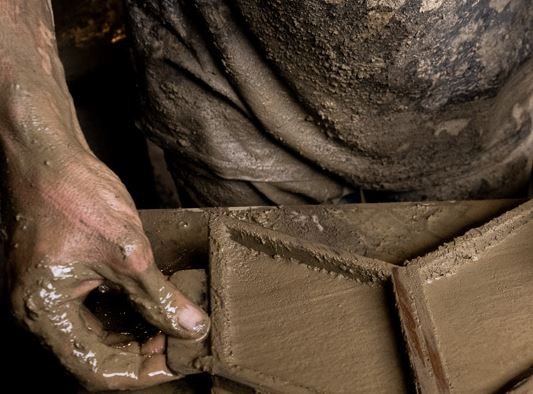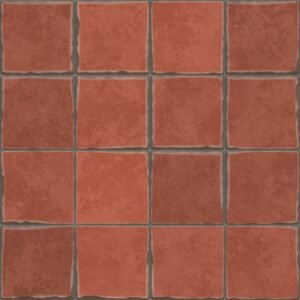Eco-Friendly Homemade Terracotta Tiles: A Sustainable DIY Guide
Terracotta tiles have been used for thousands of years, prized for their natural beauty and durability. Today, as more people seek sustainable building materials, homemade terracotta tiles offer an eco-friendly alternative to mass-produced flooring. By crafting your own tiles, you can reduce environmental impact, avoid harmful chemicals, and create a unique, earth-friendly home feature.
Why Homemade Terracotta Tiles Are Eco-Friendly
1. Made from Natural, Renewable Materials
- Terracotta is crafted from clay, a natural and abundant resource.
- Unlike synthetic tiles, it contains no plastics, resins, or toxic additives.
2. Low Carbon Footprint
- Handmade tiles require minimal industrial processing, reducing energy consumption.
- If sun-dried or fired in a small kiln, they generate far fewer emissions than factory-made tiles.
3. Biodegradable & Non-Toxic
- At the end of their lifespan, terracotta tiles can break down naturally without polluting the environment.
- They don’t release VOCs (volatile organic compounds) like some manufactured flooring.
4. Energy-Efficient Properties
- Terracotta’s thermal mass helps regulate indoor temperatures, keeping homes cooler in summer and warmer in winter.
- This reduces reliance on heating and cooling systems, lowering energy use.
How to Make Eco-Friendly Terracotta Tiles at Home
Materials Needed (All Natural & Sustainable)
✔ Clay (locally sourced for lower transportation impact)
✔ Sand (optional, for texture and shrinkage control)
✔ Water (preferably rainwater or recycled)
✔ Wooden molds or recycled materials (for shaping)
✔ Natural sealants (beeswax, linseed oil, or plant-based sealers)
Step-by-Step Process
1. Source Sustainable Clay
- Use local clay to reduce transportation emissions.
- Avoid chemically treated clay—opt for natural earthenware.
2. Mix & Shape Tiles
- Knead clay with water (and sand, if needed) until pliable.
- Roll out evenly and cut into tiles using reusable molds or hand-shaping.
3. Dry Naturally
- Air-dry tiles in the sun to avoid energy-intensive kilns.
- Slow drying prevents cracking—cover with cloth to control moisture loss.
4. Low-Impact Firing (Optional)
- If firing is needed, use a small solar kiln or wood-fired kiln with sustainable fuel.
- Traditional pit firing (using sawdust or dried leaves) is another eco-friendly option.
5. Seal with Natural Finishes
- Avoid synthetic sealers—use beeswax, linseed oil, or clay sealants.
- These protect tiles while maintaining breathability.
Eco-Friendly Design Ideas
- Recycled Terracotta: Crush old tiles for mosaic designs.
- Unglazed Finishes: Skip toxic glazes for a raw, natural look.
- Solar-Dried Tiles: Perfect for garden pathways or outdoor decor.
Benefits Beyond Sustainability
- Unique Aesthetic: Each handmade tile has slight variations, adding character.
- Cost-Effective: Cheaper than store-bought eco-tiles when made at home.
- Therapeutic Crafting: Working with clay is a relaxing, rewarding DIY project.




 using WordPress and
using WordPress and
No responses yet